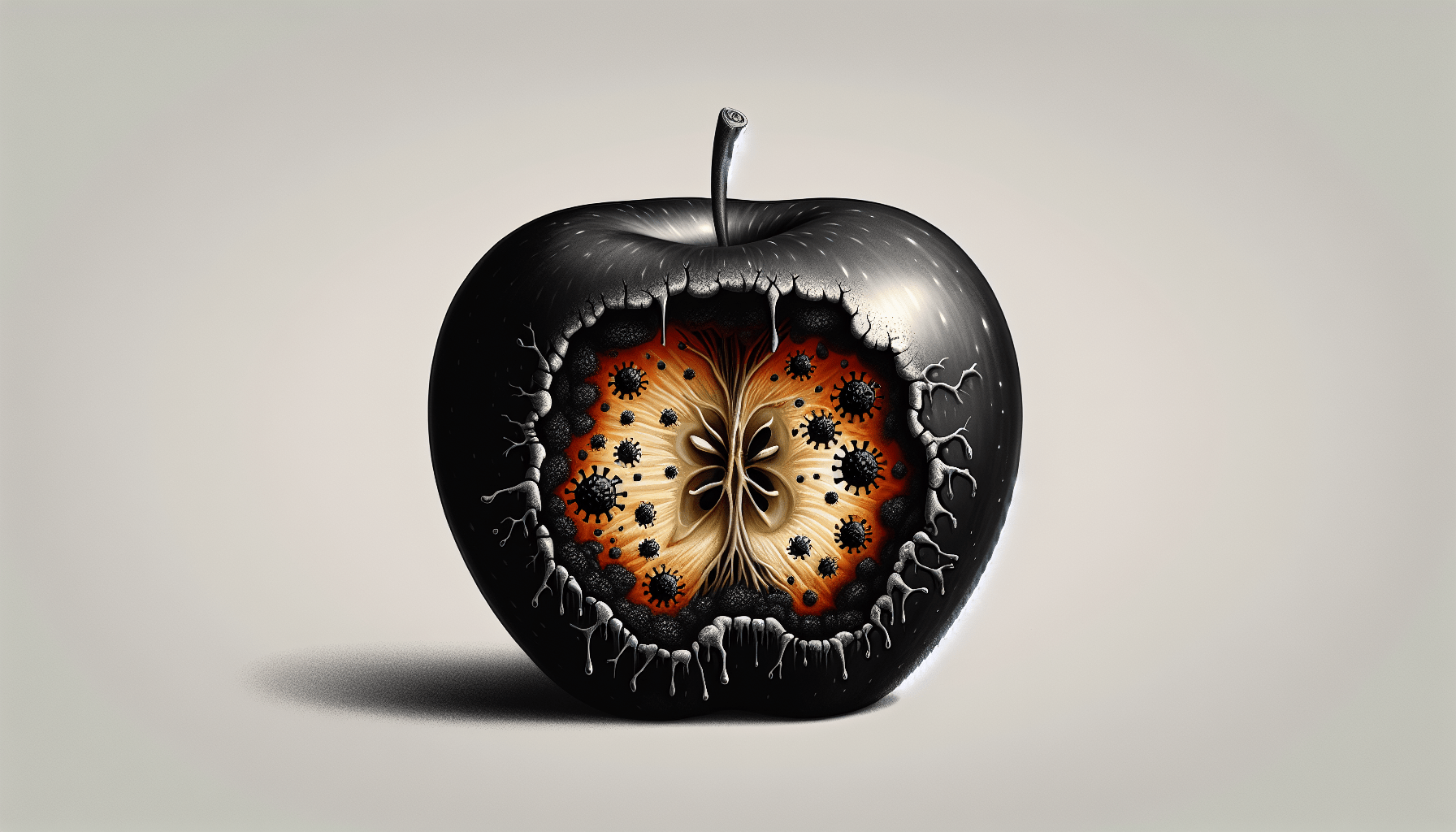Discover the truth about the worst protein in the world, textured vegetable protein. Learn about its GMO content, nutrient removal, and potential health risks.
Find out why consuming pure protein without essential fats and nutrients can harm your body. Explore healthier protein alternatives for optimal health. Watch now!
Have you ever heard of the worst protein in the world? It’s called textured vegetable protein or textured soy protein.
This protein, made from soy or cottonseed, was actually invented in 1960 as a way to use the waste from seed oils.
However, it turns out that this ultra-processed ingredient, where oil, nutrients, and fiber are removed from the soybean using heat and chemicals like hexane, is not only GMO but also robs nutrients from the liver when consumed.
In fact, consuming pure protein without fat and important nutrients can create stress in the body. So if you’re looking for a healthier protein option, check out fermented soy, commonly consumed in Asia.
The Worst Protein in the World
Introduction
In this article, we will explore the world’s worst protein, known as textured vegetable protein (TVP). This protein, made from soy or cottonseed, has gained popularity in various food products.
However, its ultra-processed nature, GMO content, and potential health risks make it important to understand the dangers of consuming TVP.
We will also discuss healthier protein alternatives that can provide essential nutrients without having harmful effects.
Overview of Textured Vegetable Protein (TVP)
Textured vegetable protein, also known as textured soy protein, was invented in 1960 as a way to utilize the waste produced from seed oils, such as soy or cottonseed.
It is commonly used in veggie burgers, fake meat products, cereals, and other food items. TVP is an ultra-processed ingredient where oil, nutrients, and fiber are removed from the soybean using heat and chemicals like hexane.
This extensive processing leads to the formation of a product that is far from its original state and can have detrimental effects on health.

This image is property of i.ytimg.com.
Ultra-Processing and Nutrient Removal
The processing methods used to create textured vegetable protein involve the removal of oil, nutrients, and fiber from the soybean.
The soybean is subjected to high heat and chemicals, such as hexane, to extract the desired protein. However, this process strips the soybean of its natural components, resulting in a nutritionally inferior product.
The removal of oil, nutrients, and fiber not only affects the nutritional value of TVP but also alters its taste and texture.
GMO Content and Liver Damage
One of the concerning aspects of textured vegetable protein is its high percentage of genetically modified organisms (GMOs). Over 95% of TVP is GMO, meaning it has been genetically altered in a laboratory.
Consuming GMOs has been linked to various health risks, including liver damage.
When GMOs are consumed, they can rob nutrients from the liver, leading to nutrient deficiencies and potential liver dysfunction.

Effects of Consuming Pure Protein
Consuming pure protein without sufficient amounts of fat and essential nutrients can put strain on the body. Protein alone does not provide all the necessary components for optimal health.
Lack of fat-soluble vitamins, such as vitamins A, E, D, and K, can lead to imbalances in nutrient intake. It is essential to obtain protein from sources that also provide the necessary fats and nutrients to support overall health.
Similar Dangers of Soy Protein Isolates
Soy protein isolates, often found in cheese, cereal, and infant formulas, share similarities with textured vegetable protein in terms of nutrient depletion and potential liver damage.
Soy protein isolates undergo further processing, including acidification, bleaching, and deodorizing, to remove impurities. This highly processed form of soy protein can be detrimental to overall health and should be consumed with caution.

Protein Poisoning and Health Problems
Protein poisoning, also known as rabbit starvation, occurs when the body consumes excessive amounts of pure protein without sufficient fat intake.
In this state, the body’s metabolism is unbalanced, leading to fatigue, diarrhea, and other health problems.
It is important to have a balanced diet that includes not only protein but also fats and other essential nutrients to avoid protein poisoning.
Toxins Produced during High Heat Processing
High heat processing of soybeans to create textured vegetable protein can result in the formation of toxins. Lysinoalanine is one such toxin that can enlarge kidney cells, potentially leading to kidney dysfunction.
The formation of toxins during high heat processing further highlights the health risks associated with consuming TVP and emphasizes the importance of seeking healthier protein alternatives.
Healthier Protein Alternatives
While textured vegetable protein may be widely used, there are several healthier protein alternatives available.
Fermented soy, commonly consumed in Asian countries, provides a better protein option that is often non-GMO and offers additional health benefits.
Other protein sources, such as lean meats, poultry, fish, eggs, legumes, and quinoa, can also provide the necessary protein and nutrients without the potential risks associated with TVP.
Conclusion
In conclusion, textured vegetable protein is labeled as the worst protein in the world due to its ultra-processed nature, GMO content, and potential health risks.
Consuming TVP can lead to nutrient deficiencies, liver damage, protein poisoning, and exposure to toxins.
It is crucial to choose healthier protein alternatives that provide a more balanced nutrient profile without the harmful effects associated with textured vegetable protein.
By making informed choices about our protein sources, we can prioritize our health and well-being.
